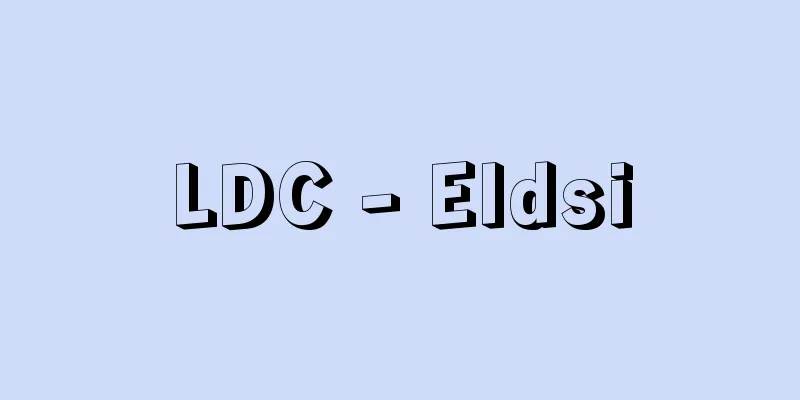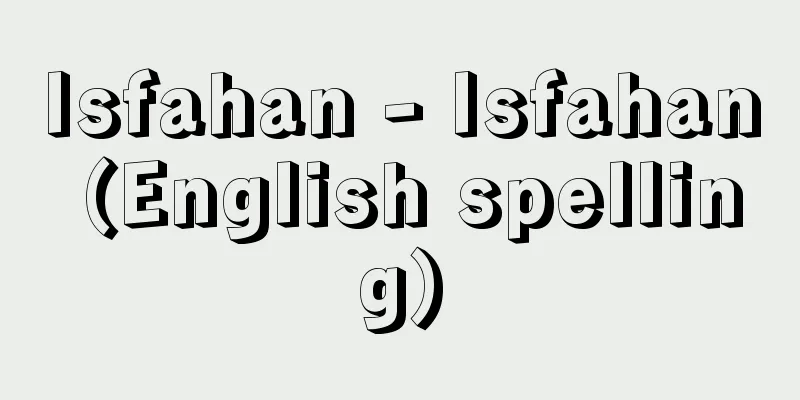LDC - Eldsi

|
Among developing countries, least developed countries are those that have been particularly slow to develop. They are also known as the "Fourth World" countries. They are certified by a resolution of the United Nations General Assembly after deliberation by the United Nations Economic and Social Council based on the criteria approved by the United Nations Committee for Development Policy (CDP). Certification is done every three years based on quantitative indicators such as gross national income (GNI) per capita, human assets index (HAI), and economic vulnerability index (EVI), and a list is created with the consent of the country. The criteria established in 2012 required a per capita GNI (average from 2008 to 2010) of $992 or less, and the following 49 countries, mainly in sub-Saharan Africa, have been certified. The study covers 34 African countries (Angola, Benin, Burkina Faso, Burundi, Central African Republic, Chad, Comoros, Democratic Republic of the Congo, Djibouti, Equatorial Guinea, Eritrea, Ethiopia, Gambia, Guinea, Guinea-Bissau, Lesotho, Liberia, Madagascar, Malawi, Mali, Mauritania, Mozambique, Niger, Rwanda, Sao Tome and Principe, Senegal, Sierra Leone, Somalia, South Sudan, Sudan, Togo, Uganda, Tanzania, Zambia), 9 Asian countries (Afghanistan, Bangladesh, Bhutan, Cambodia, Laos, Myanmar, Nepal, Yemen, Timor-Leste), 5 Oceanian countries (Kiribati, Samoa, Solomon Islands, Tuvalu, Vanuatu), and 1 Latin American country (Haiti). [Editorial Department] [Reference] | | |Source: Shogakukan Encyclopedia Nipponica About Encyclopedia Nipponica Information | Legend |
|
開発途上国のなかでもとくに開発の遅れた国。英語のLeast developed countriesの略で後発開発途上国と訳され、「第四世界」ともよばれる。国連開発計画委員会(CDP:United Nations Committee for Development Policy)が認定した基準に基づき、国連経済社会理事会の審議を経て、国連総会の決議により認定される。一人当り国民総所得(GNI)、人的資源指数(HAI:Human Assets Index)、経済的脆弱(ぜいじゃく)性指数(EVI:Economic Vulnerability Index)の定量的指標に基づき3年ごとに認定を行い、当該国の同意によりリストが作成される。2012年に定めた基準では、一人当りGNI(2008~2010年平均)が992ドル以下などとなっていて、サブサハラ・アフリカを中心に以下の49か国が認定された。アフリカ34か国(アンゴラ、ベナン、ブルキナ・ファソ、ブルンジ、中央アフリカ、チャド、コモロ、コンゴ民主共和国、ジブチ、赤道ギニア、エリトリア、エチオピア、ガンビア、ギニア、ギニア・ビサウ、レソト、リベリア、マダガスカル、マラウイ、マリ、モーリタニア、モザンビーク、ニジェール、ルワンダ、サントメ・プリンシペ、セネガル、シエラレオネ、ソマリア、南スーダン、スーダン、トーゴ、ウガンダ、タンザニア、ザンビア)、アジア9か国(アフガニスタン、バングラデシュ、ブータン、カンボジア、ラオス、ミャンマー、ネパール、イエメン、東ティモール)、オセアニア5か国(キリバス、サモア、ソロモン諸島、ツバル、バヌアツ)、中南米1か国(ハイチ)。 [編集部] [参照項目] | | |出典 小学館 日本大百科全書(ニッポニカ)日本大百科全書(ニッポニカ)について 情報 | 凡例 |
Recommend
"The Chronicle of Gyoki"
...The common people who gathered to admire him o...
Country leader - Kokusho
〘Noun〙 A lower-ranking official who was establishe...
Ponte Vecchio (English spelling)
…Then, in the late Middle Ages, bridges became th...
epagoge (English spelling)
…from the Greek word epigōgē and the Latin word i...
Table year - Omotedoshi
A year in which fruit and other produce is plentif...
Ube Shinkawa Iron Works
...The company's founding dates back to 1897,...
Balthasar Hubmaier
Around 1480 - 1528 German Reformer. One of the ear...
Saburo Shimada
A journalist and politician during the Meiji and ...
Strange sights of the past and present - Kinkokikan
This is a collection of stories published by Bao&...
Akiyama Jiun
Known as Akiyama Jiun Spiritual God, it is the dei...
Nanhaithya (English spelling)
…Later he came to be regarded as the physician of...
Corelli
Italian composer and violinist. Also known as Core...
School system
The system related to schools in the education sys...
Brown tussock moth (Euproctis pseudoconspersa)
An insect of the Lepidoptera family, Lymantriidae ...
Gaseous hydrides
...often exhibit strong reducing properties. (2) ...









